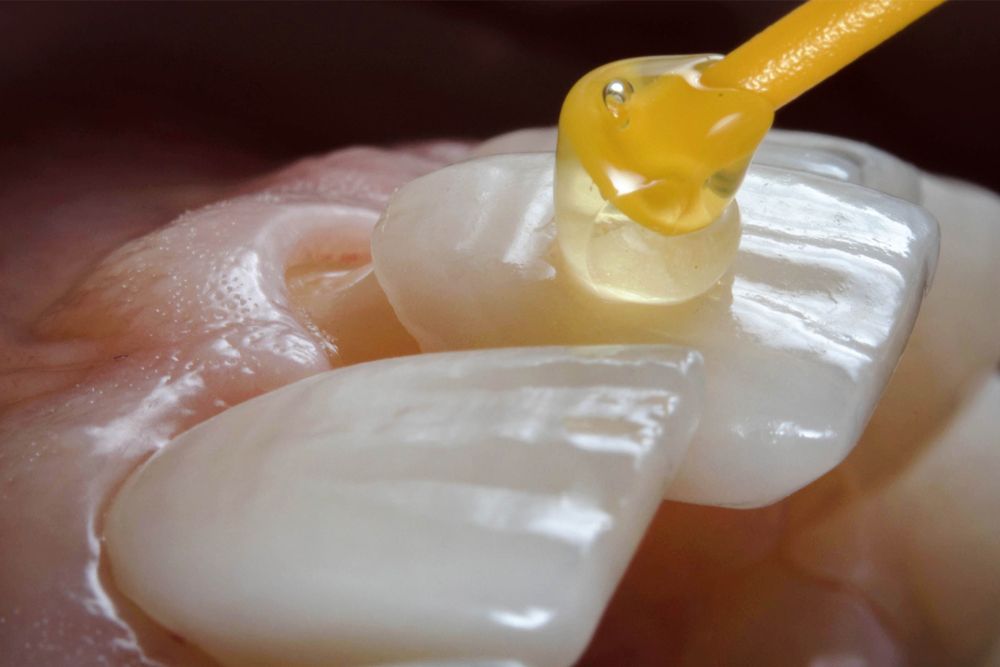Facets are now very popular throughout North America and Europe. The technology has evolved so much over the years that today’s veneers can last between 10 and 20 years and they are so well made, that it’s extremely difficult to distinguish a veneer from a natural tooth.
Here are four questions about veneers that will give you all the answers you need before you schedule an appointment for veneers with your Santé dentaire VMR dentist.
1. What is a veneer?
Made from ceramic (porcelain) or composite resin, veneers are very thin layers that your dentist will attach in front of a tooth. Most people choose ceramic veneers because they don’t stain and last longer than composite resin veneers. Ceramic veneers retain the bright white look that people are hoping for.
2. What are the main uses of veneer?
There are many reasons why a person might want to have facets or why a dentist might want to offer this solution to a patient. Here are some of them:
- Whiten or change the color of teeth
- Cover a worn or broken tooth
- Change the shape of the teeth
- Close the spaces between certain teeth (diastema)
3. Can everyone have facets?
Even if you ask your dentist for facets, they may not allow you to have them. In such cases, the dentist will suggest other treatments to solve the issue. Here are some situations where veneers are simply not possible:
- A tooth that is decayed or located in an area affected by periodontal disease (gum disease). It’s not impossible to place a facet, but in the short term, the problem must be treated first.
- The patient has very little enamel on his or her teeth, so the facets won’t stick well to them.
- If too much of the tooth is missing, the dentist may opt for a crown instead.
- The patient has a habit of grinding or clenching their teeth, especially at night (bruxism), which can damage or break the porcelain veneers.
4. Is the insertion procedure of facets complicated?
The insertion procedure for ceramic facets is different from resin veneers.
Ceramic facets
The insertion procedure of ceramic or porcelain facets usually requires at least two appointments. At the first appointment, your dentist will first administer a local anesthetic (freezing). Then, they will begin by removing a thin layer of enamel from your teeth to be able to apply the facets. Once this step is completed, the dentist will take an impression of your teeth and send the data to a laboratory where professionals will make the custom ceramic facets. You will then have temporary facets until we receive the ceramic veneers or facets. Be cautious, however, because temporary veneers are very fragile. You’ll need to eat and chew very gently and take care to brush your teeth softly to avoid issues.
At your second appointment, your dentist will apply a mild chemical solution to roughen the enamel. This solution will allow the facets to adhere better to your teeth. The dentist will then apply each facet using composite resin cement.
Composite facets
Composite veneers require a single appointment. Like ceramic veneers, your Santé dentaire VMR dentist will use a mild chemical solution to roughen your tooth enamel. They will then choose a composite resin that matches the colour of your teeth. Your dentist will apply several layers of this resin to adhere more easily to your roughened tooth. A light will be used to harden each of the applied layers. Once this step is completed, the dentist will polish each tooth to restore its natural, soft appearance.
For veneers or any other need, contact Santé dentaire VMR today.


0 comments on “Veneers for a more beautiful smile”